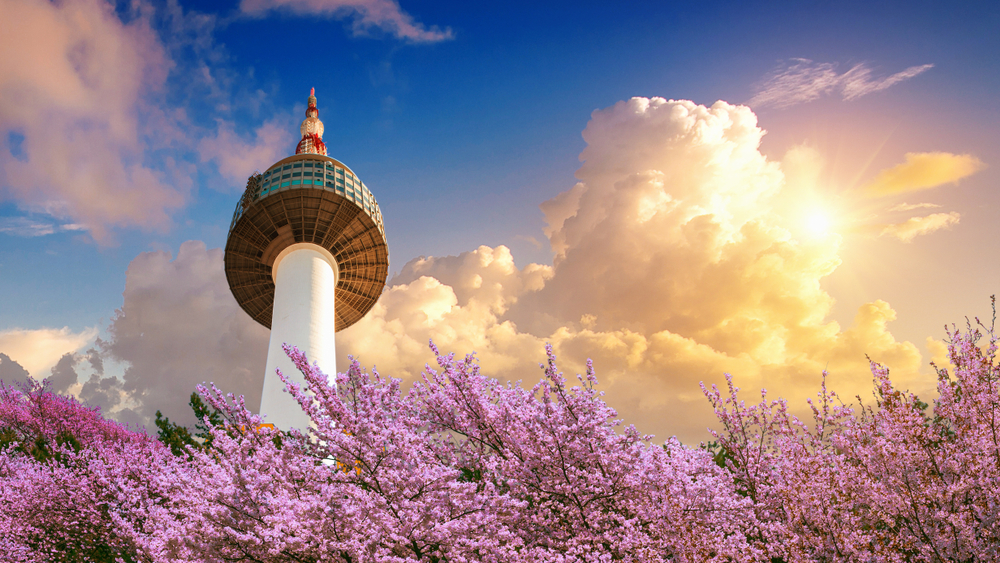As the cultural center and capital of South Korea, Seoul is an exciting destination. As early as 18 BC, Seoul was the capital of the Kingdom of Baekje. Today, the city is a vibrant city and yet there are numerous historical sights in the city area that remind us of the eventful history of the Korean capital. This is one of the reasons why Seoul is one of the most visited cities in the world today, because hardly any other modern city has so many unique cultural assets.
Souls’ fabled palaces
Gyeongbokgung – “Palace of Radiant Bliss”
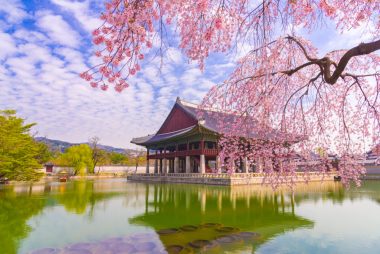
The first palace after the founding of the Joseon Dynasty was the Gyeongbokgung in 1395. In 1592, the king’s residence was damaged in the Imjin War and was not rebuilt until 1868. Under the rule of Japan, buildings of the palace complex were demolished and significant changes were made. Since 1990, the palace has been reconstructed to regain its original form. The royal apartments and the residence of the crown prince can also be admired in their original state today. Although the palace complex is not yet 100 percent in its original state, it is worth visiting the complex, which consists of a total of six buildings.
UNESCO World Heritage Site – “The Palace of Shining Virtue”
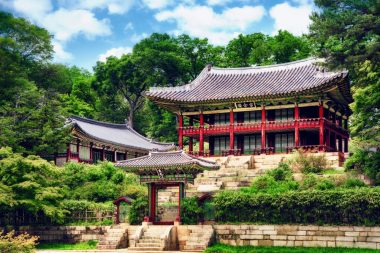
Built between 1405 and 1412, Changdeokgung now magically attracts visitors from all over the world. The complex is divided into a living area, a beautiful garden and the former administrative area, where the king’s study was also located. The palace was last used by King Sunjong, who died in 1926 and whose family lived in the palace until 1989. The dreamy living area also includes the Daejojeon (the Queen’s private rooms) and the Huijeongdang (the King’s private apartments). A special place is the “secret” garden, which was once only allowed to be entered by the royal family. The 32-hectare area presents itself with numerous pavilions, some of which are over 300 years old. Since Changdeokgung is an exceptional example of traditional palace architecture and the design also has wonderful details, the palace was declared a UNESCO World Heritage Site in 1997. Of the city’s six palaces, Changdeokgung is the most impressive.
The fascinating temples of Seoul
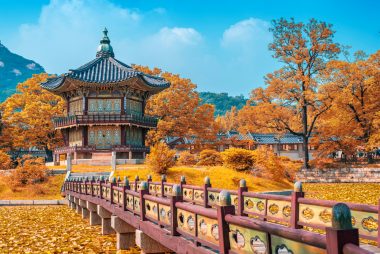
If you visit Seoul, you should definitely take time to visit the city’s Buddhist temples. The Buddhist order Jogyejong maintains its headquarters in the city. The Jogyesa Temple is correspondingly fascinating. The temple is known as the destination of the great lantern parade, which takes place annually to celebrate Buddha’s birthday. But the Bongeunsa Temple, which was built in 794 and has been relocated twice over the centuries, is also worth a visit. It was the religious center of Zen Buddhism in the country, especially in the 15th century. The third temple is the Bongwonsa Temple. It was built in 889. In 1728 it was moved and has since been at the Ewha Women’s University. Those who have the opportunity to visit the temple on the weekend can participate in the Yeongsangjae. The temple is considered the main temple of the Taego, a Buddhist group that also allows monks to marry.
The Royal Tombs of the Joseon Dynasty
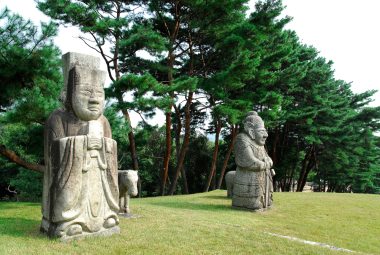
There are several royal tombs in Seol. Today, the entire group is listed as a UNESCO World Heritage Site. Both in the east of the city are gröber and in the district of Gangnam, Nowon and Seocho. Other graves can be found in the province of Gyeonggi-do, which surrounds the city. Since ancestor worship plays an important role in Korean culture and there are numerous traditional rituals, it is worth visiting Jongmyo Shrine, which is used to worship the kings and queens of the Joseon Dynasty.
Lotte World Tower

It is worth paying attention to Seoul, because the modern city also has a lot to offer architecturally. Among other things, the Lotte World Tower, the sixth tallest building in the world, is located in Seoul. With a height of 555 m and 123 floors, the building, which was built in 2016, impresses at first glance. For a fee, the observation deck can be visited, which can be reached via the top floors of the building. It is the highest glass-bottom platform in the world and offers an unforgettable view over the city. But the postmodern style of the building is also worth seeing. If you visit the Lotte World Tower, you will find a bronze copy of the Goethe monument in Berlin’s Tiergarten in the park behind the building.
Other sights in Seoul
No matter how long a stay in Seoul lasts, the vacation days are certainly too short, because Seoul is a cornucopia of sights. Among other things, numerous parks and local recreation areas beckon, because Seoul is surprisingly green for a big city. Highlights such as the botanical garden and the museum village in Namsan Park attract visitors, as does the N Seoul Tower with its revolving restaurant floor. In addition, the city’s fortifications, amusement parks, museums, floating island and much more beckon. Since South Korea and Seoul in particular also offer countless cultural highlights, it is worthwhile to plan your visit to traditional and modern events when planning your trip


